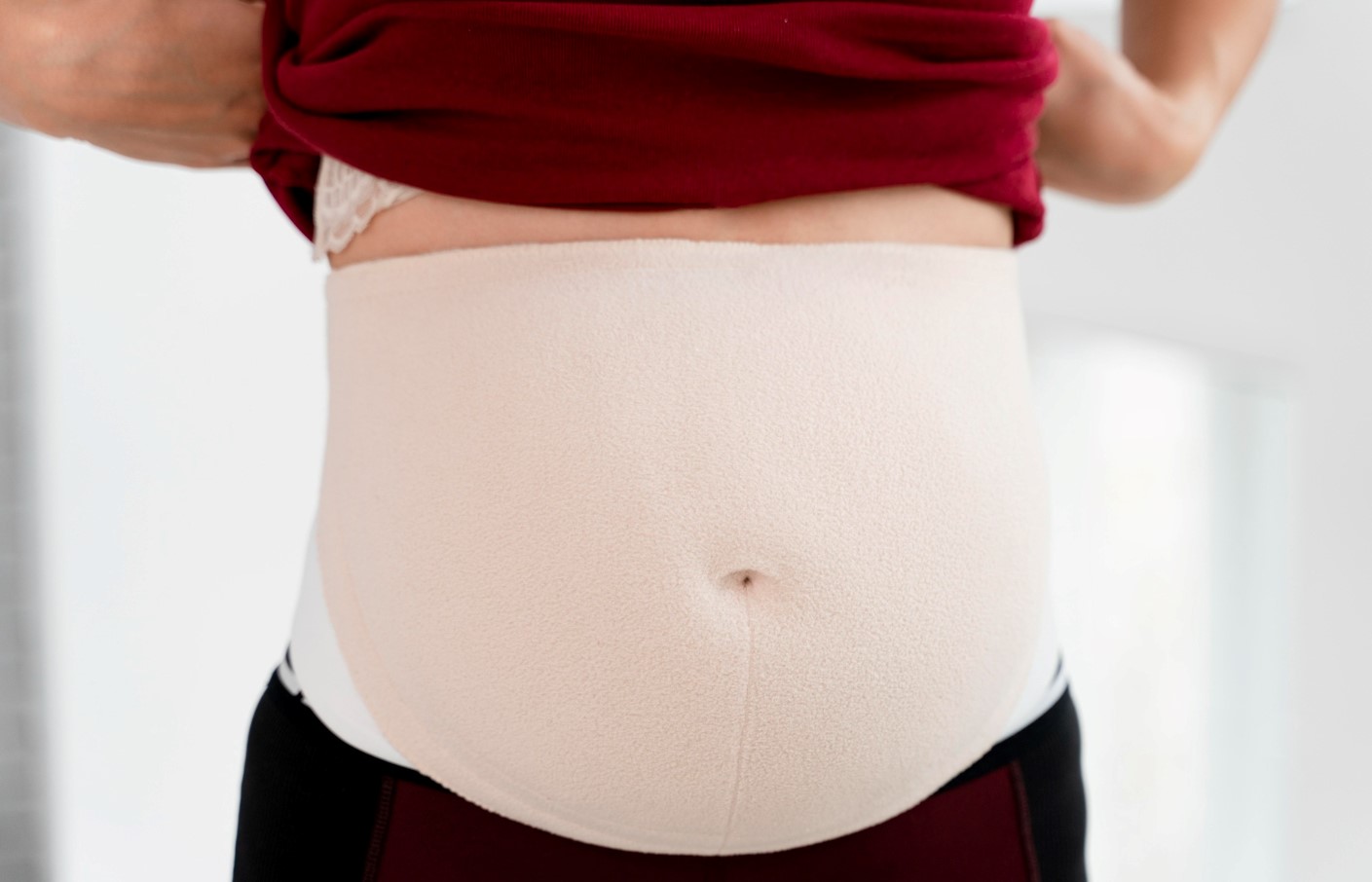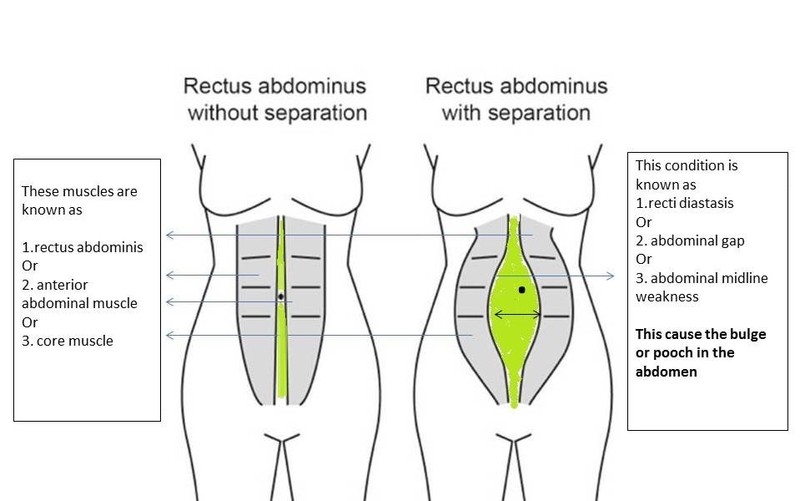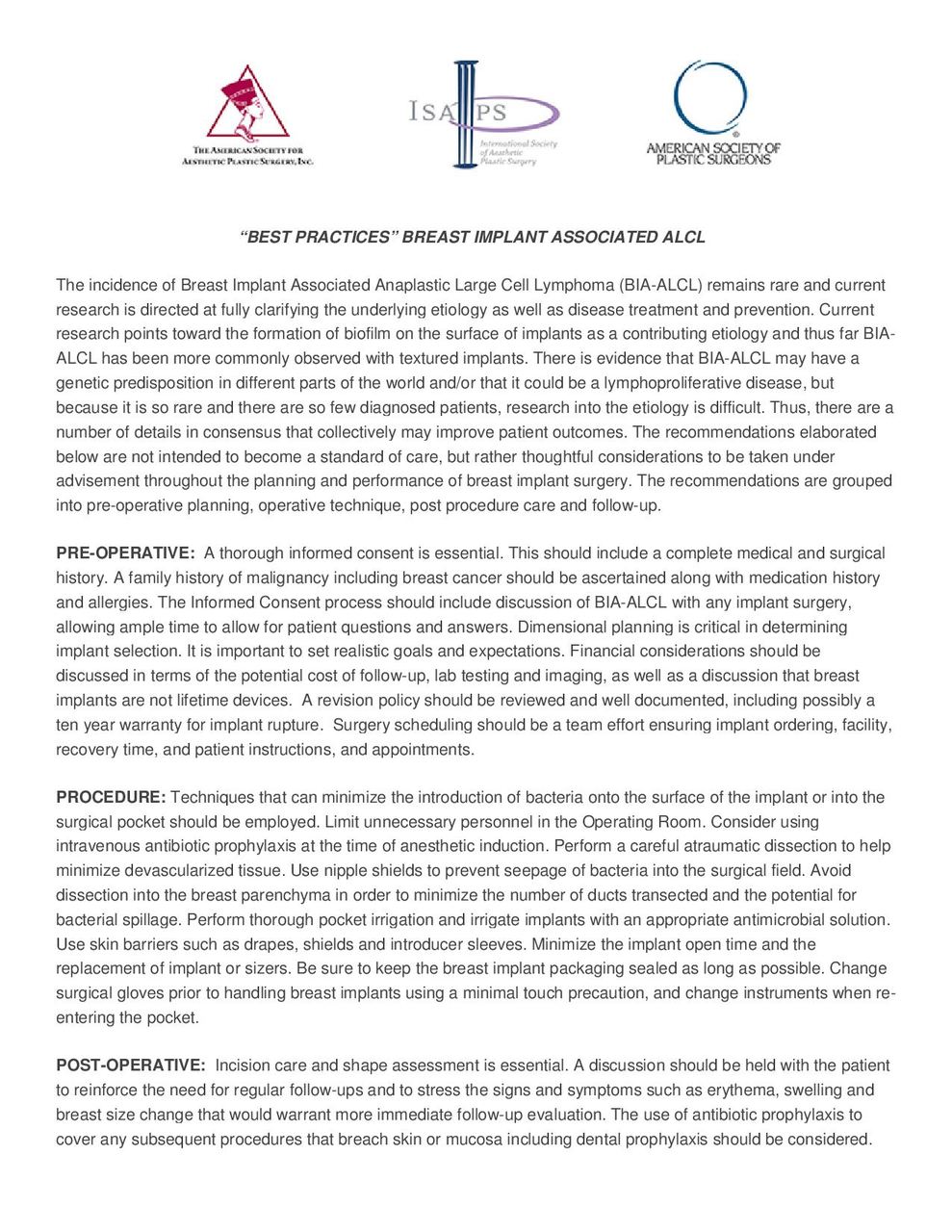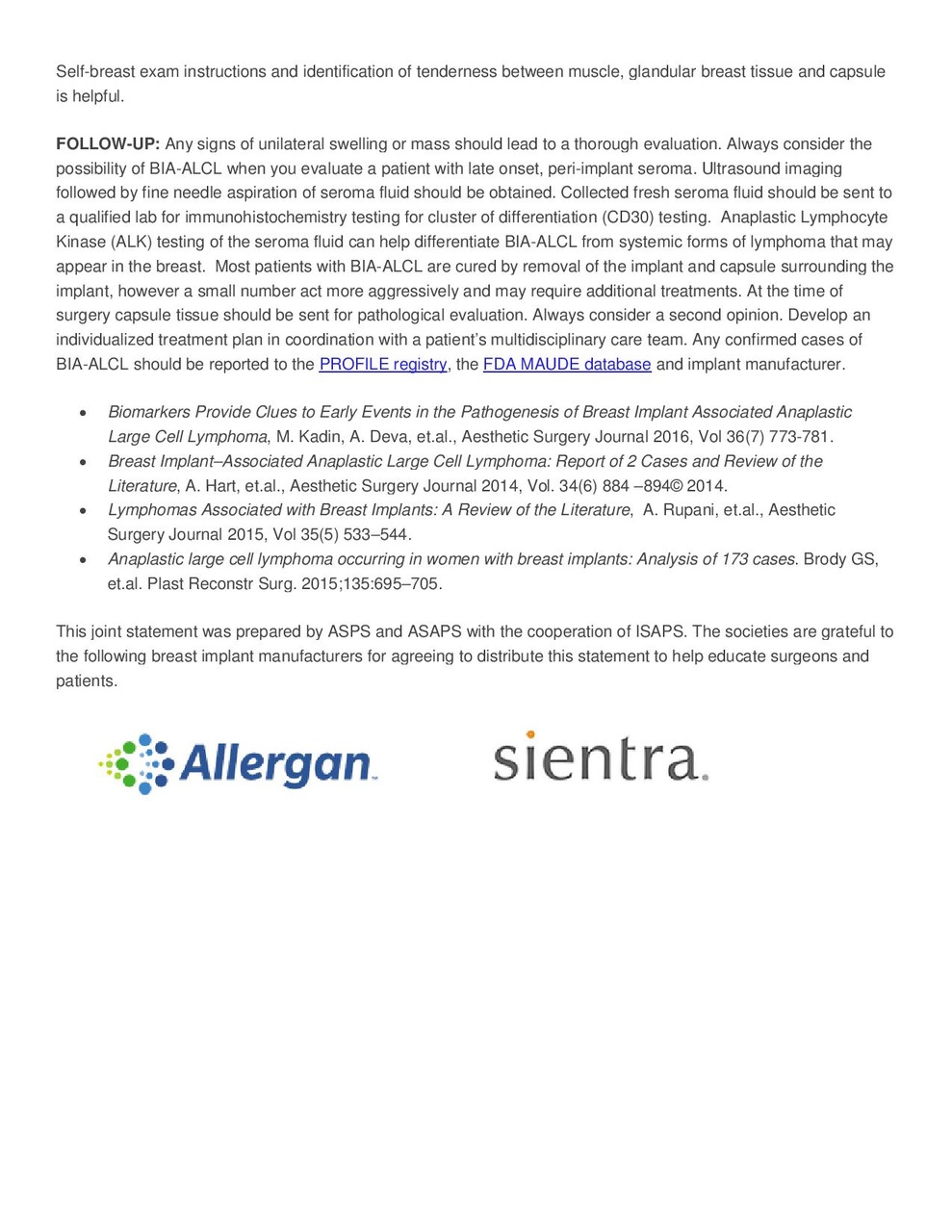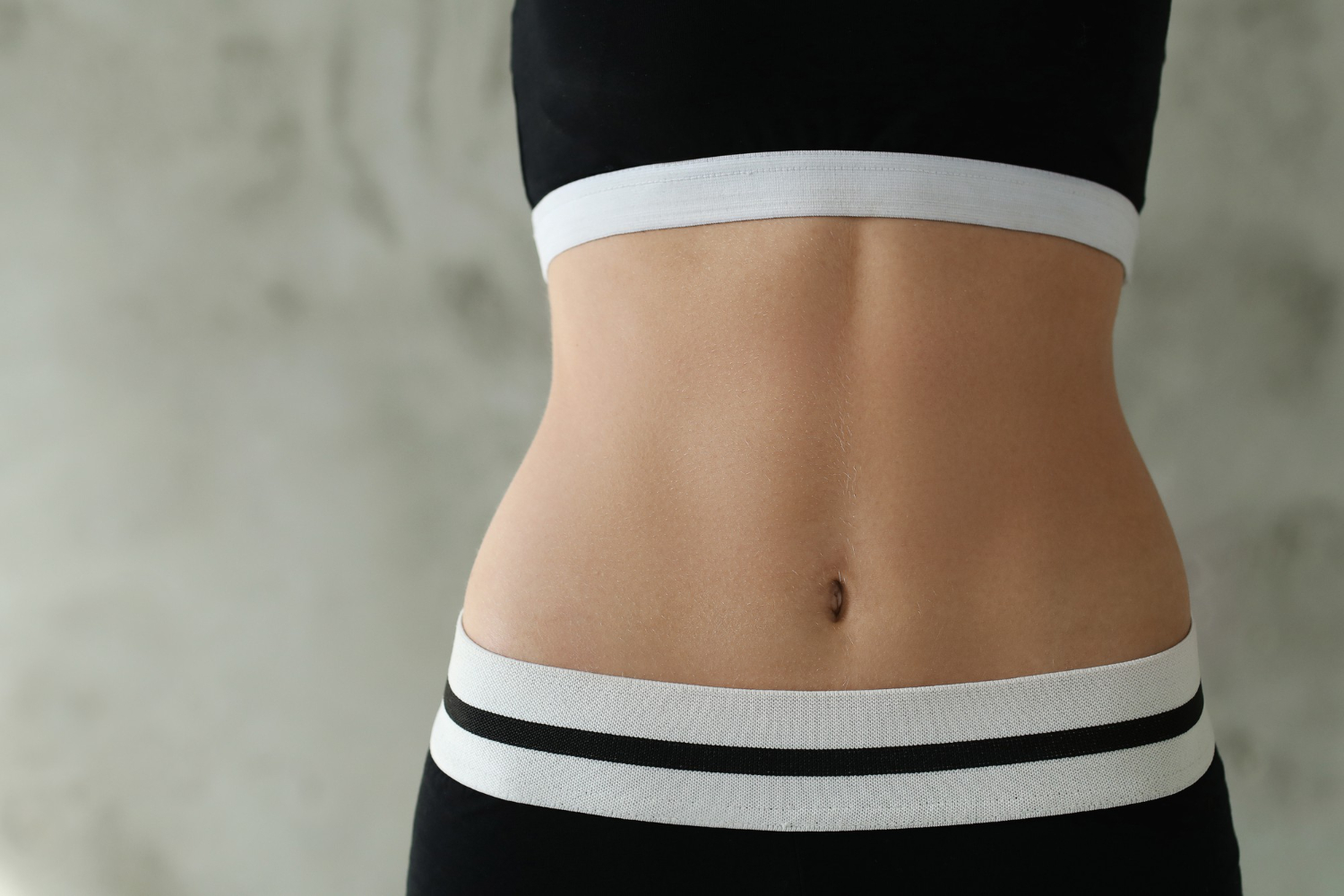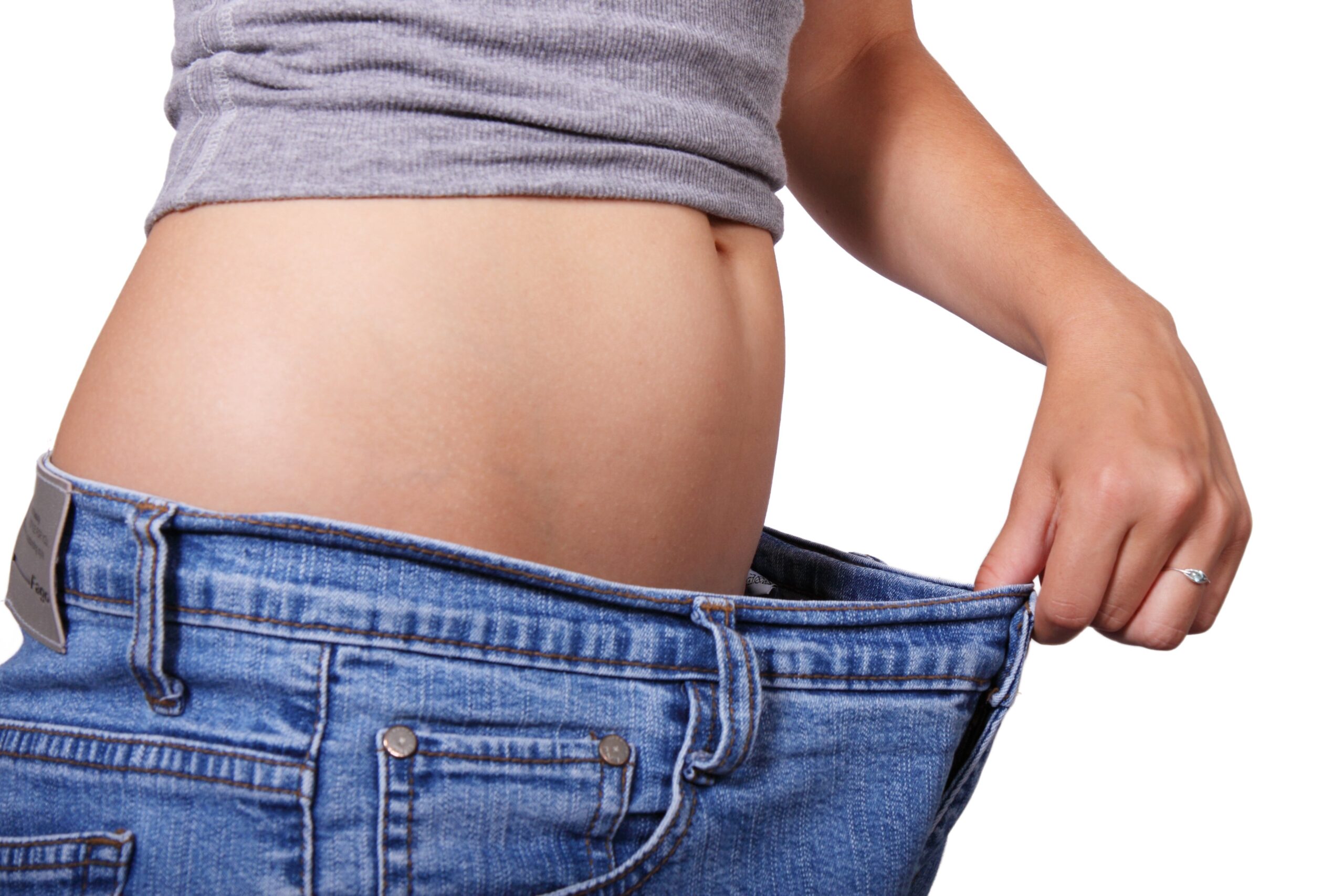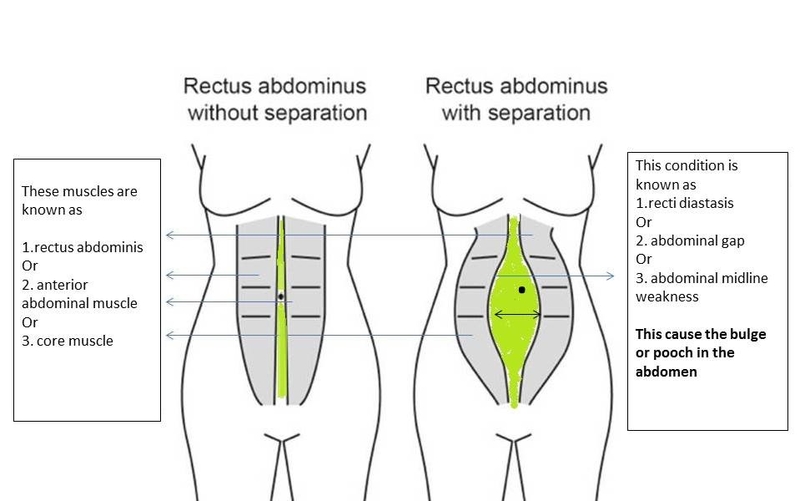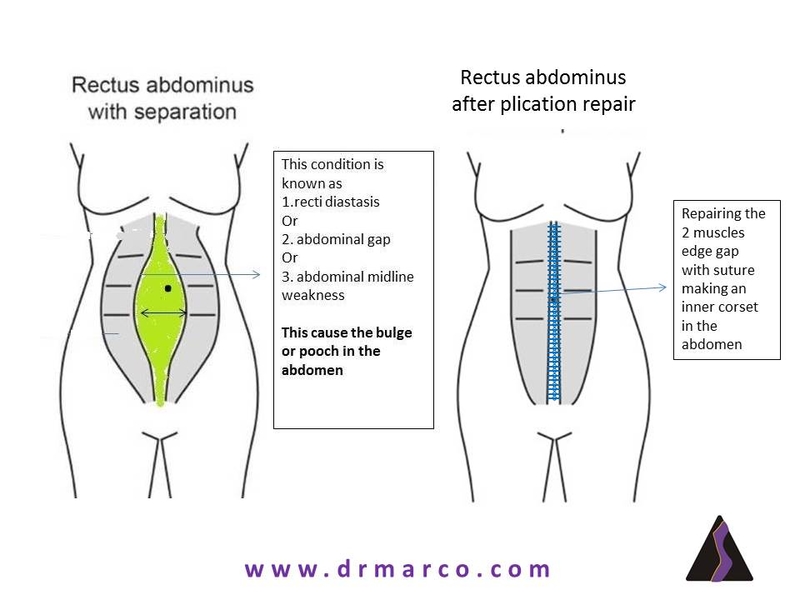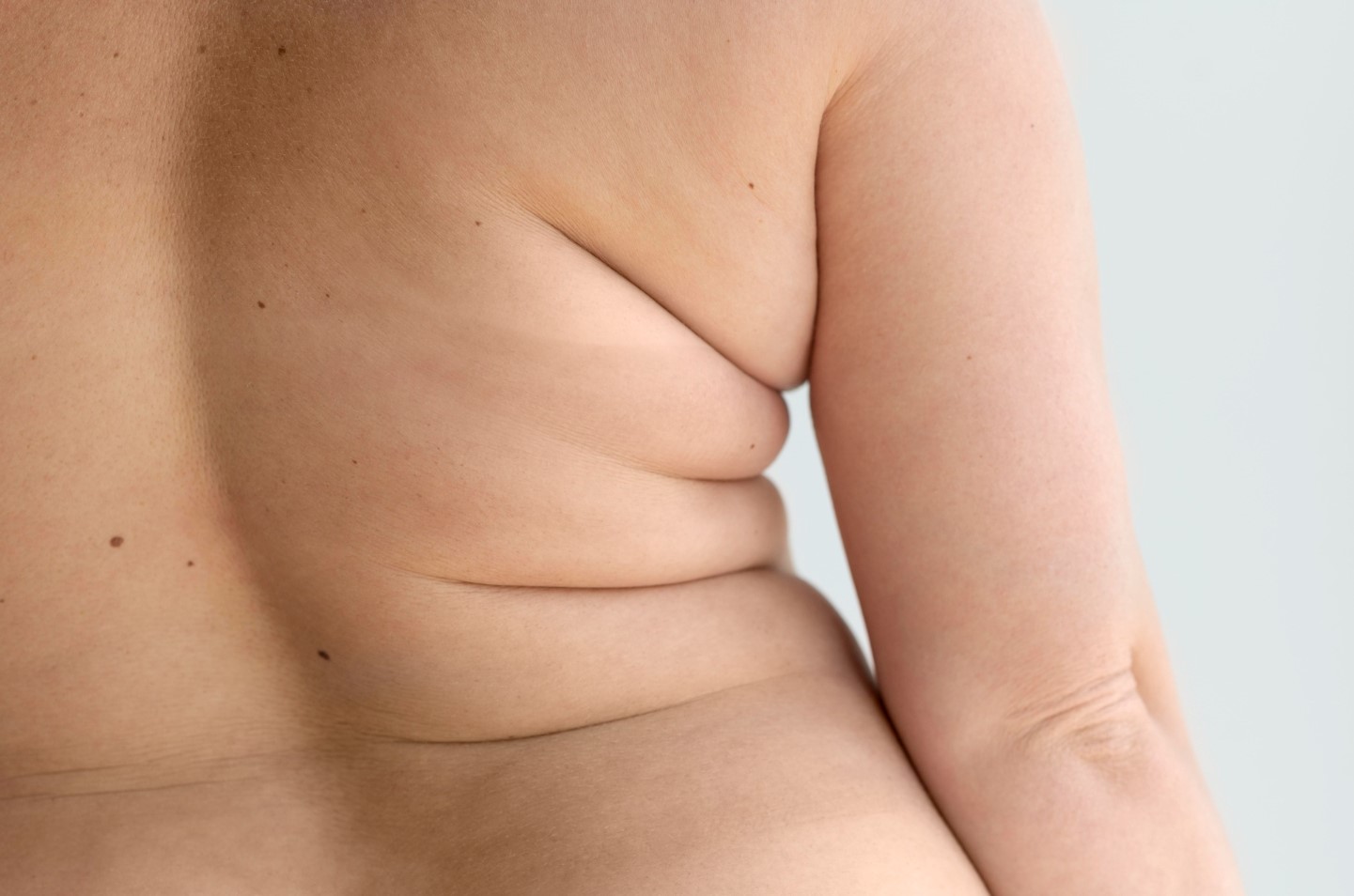Many women are unsure if they have to wait until they are done having children before opting for an abdominoplasty (tummy tuck). They read everywhere that having a pregnancy after an abdominoplasty will cause harm to the mother and the unborn child. But this is not true!
All pregnancies may have some degree of complications, and the best person to give advice will be your gynaecologist.
For ladies with a previous abdominoplasty, their abdominal wall and tissue will still stretch as normal to accommodate the new baby. Some mothers notice that their bellies do not stretch out as much, or they do not look as pregnant as in their previous pregnancies. This is completely safe and harmless to the growing child.
WHAT WILL HAPPEN TO MY ABDOMINOPLASTY?
Most of my patients who became pregnant after their abdominoplasty continue to love the results of their surgery even after their baby’s birth. In fact, most of them notice that they look better post-pregnancy with their abdominoplasty than during their post-pregnancy prior to their abdominoplasty.
If one has already had an abdominoplasty done before and if they do not put on too much weight during the pregnancy period, the midline connective tissue will not stretch too much again, causing rectus diastasis, because there is a strong scar tissue holding together the muscles together from the previous abdominoplasty. The abdominal muscles can still stretch outwardly, allowing the baby to grow, and it can retract back again after the pregnancy without causing the same gap as before.
Dr Marco stresses that the problem after pregnancy is not the muscles but the gap between the two recti abdominal muscles, which is the connective tissue in the midline of the stomach. If there is any excess abdominal skin due to the pregnancy stretch, then we only need to remove the excess skin and tighten the skin if the midline gap is not over-stretched.
The baby’s and mother’s health should be a top priority. As every lady’s body responds differently to pregnancy, consult your plastic surgeon and your gynaecologist as soon as you find out you are expecting.
WHAT IF I NEED A C-SECTION AFTER MY ABDOMINOPLASTY?
The main concern involving having a cesarean section after an abdominoplasty is the scar tissue. Be rest assured that having a C-section after an abdominoplasty isn’t much different from having a repeat C-section. Your gynaecologist will still work with a scar from the previous procedure, whether from a previous c-section or an abdominoplasty. But in any case, you should still inform your gynaecologist that you have already had an abdominoplasty surgery, as sometimes the scar isn’t too obvious.
One downside is that sometimes, your gynaecologist might not be able to close your new C-section incision with the skill of a plastic surgeon, affecting the appearance of the scar. In such cases, your plastic surgeon may be called in to close the C-section incision.
CAN I DO AN ABDOMINOPLASTY IMMEDIATELY AFTER A C-SECTION?
The answer is NO.
To read more from the previous blog, click https://goo.gl/dGFgjt
HOW LONG SHOULD I WAIT TO GET PREGNANT AFTER AN ABDOMINOPLASTY?
According to Plastic Surgeon Dr Marco, there is no “right period of time“ to get pregnant after doing your abdominoplasty surgery. It is very individual and personal, but I will advise you not to do it within the first 6 months after the surgery. Sometimes pregnancy can happen, especially if the patient feels so confident and happy with their new body.
It is still best to discuss with your plastic surgeon & your gynaecologist what is best for you.
To learn more about our tummy tuck, do contact us at:
Dr Marco Faria-Correa Plastic Surgery
Tel: +65 64648075
E-mail: enquiry@drmarco.com
Web: www.drmarco.com
Disclaimer: The information contained in this post is neither intended nor implied to be a substitute for professional medical advice, it is provided for educational purposes only. Always seek the advice of your plastic surgeon or other qualified healthcare provider before starting any new treatment or discontinuing an existing treatment. Always speak to your healthcare provider about any questions you may have regarding a procedure.
